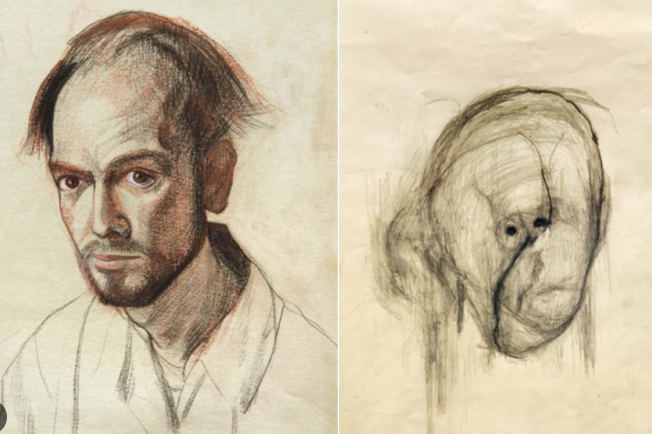For those living with dementia, memories can often fade and become increasingly difficult to hold onto. However, the power of self-portraits can help capture moments in time that might otherwise be lost.
Creating personal mementos
Self-portraits can serve as personal mementos, capturing a person’s appearance and emotions in a specific moment. These portraits can provide a tangible reminder of who they are, helping to maintain a sense of self-identity despite the effects of dementia.
Triggering memories
Looking at a self-portrait can trigger memories and emotions that may have been buried deep within the mind. By revisiting these portraits, individuals living with dementia can connect with their past and evoke a sense of familiarity and comfort.
Engaging in a creative activity
Creating a self-portrait can also be an engaging and stimulating activity for those living with dementia. It allows them to express themselves creatively and engage their cognitive and motor skills, providing a sense of purpose and accomplishment.
Building relationships
Self-portraits can also serve as a way to connect with loved ones and caregivers. By sharing these portraits with others, individuals living with dementia can communicate their thoughts and feelings in a visual and meaningful way, fostering deeper relationships and understanding.
Preserving memories for the future
Self-portraits can serve as lasting keepsakes for family members and friends, preserving memories of their loved one for years to come. These portraits can offer a glimpse into the past and provide a source of comfort and connection even as memories begin to fade.
In conclusion, self-portraits can be a powerful tool for those living with dementia, helping to capture memories, trigger emotions, engage in creative activities, build relationships, and preserve memories for the future. By embracing the power of self-portraits, individuals living with dementia can hold onto moments in time that might otherwise slip away.



